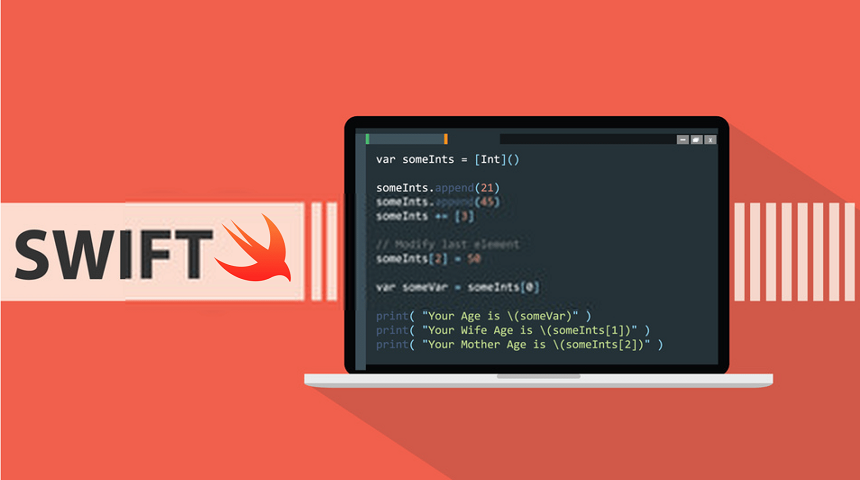
Free eBooks for Beginners
Functional Programming (FP) is a programming paradigm that has become increasingly popular in recent years, and SWIFT is no exception. If you’re just starting out with SWIFT, understanding the basics of FP can greatly enhance your coding skills and help you write cleaner, more concise, and more reliable code.
In a nutshell, FP is a programming approach that emphasizes the use of pure functions, immutability, and higher-order functions. Pure functions are functions that always return the same output for a given input, without modifying any state outside of the function. Immutability is the practice of making data structures that cannot be modified after they are created. Higher-order functions are functions that can accept other functions as arguments or return functions as output.
One of the main benefits of FP is that it promotes the use of pure functions, which are easier to reason about and less prone to bugs. By writing functions that always return the same output for a given input, you can be sure that your code will behave in a predictable way, making it easier to test and debug.
Another benefit of FP is that it encourages the use of immutability, which makes your code safer and less prone to bugs. By making data structures that cannot be modified after they are created, you eliminate the risk of bugs caused by unexpected changes to state.
Finally, FP also encourages the use of higher-order functions, which can make your code more flexible and reusable. By writing functions that can accept other functions as arguments or return functions as output, you can create powerful abstractions that can be reused across different parts of your code.
Getting started with FP in SWIFT is easy. To write a pure function, simply write a function that only depends on its inputs and does not modify any state outside of the function. To write an immutable data structure, use the “let” keyword instead of “var” when declaring variables. And to write a higher-order function, simply write a function that accepts other functions as arguments or returns functions as output.
In conclusion, Functional Programming is a programming paradigm that can greatly enhance your coding skills and help you write cleaner, more concise, and more reliable code in SWIFT. If you’re just starting out with SWIFT, it’s definitely worth learning the basics of FP and incorporating it into your coding practice.
Cookbook – SWIFT for Beginners – Chapter 34: Functional Programming in Swift
 Loading...
Loading...
Disclaimer: The information and code presented within this recipe/tutorial is only for educational and coaching purposes for beginners and developers. Anyone can practice and apply the recipe/tutorial presented here, but the reader is taking full responsibility for his/her actions. The author (content curator) of this recipe (code / program) has made every effort to ensure the accuracy of the information was correct at time of publication. The author (content curator) does not assume and hereby disclaims any liability to any party for any loss, damage, or disruption caused by errors or omissions, whether such errors or omissions result from accident, negligence, or any other cause. The information presented here could also be found in public knowledge domains.